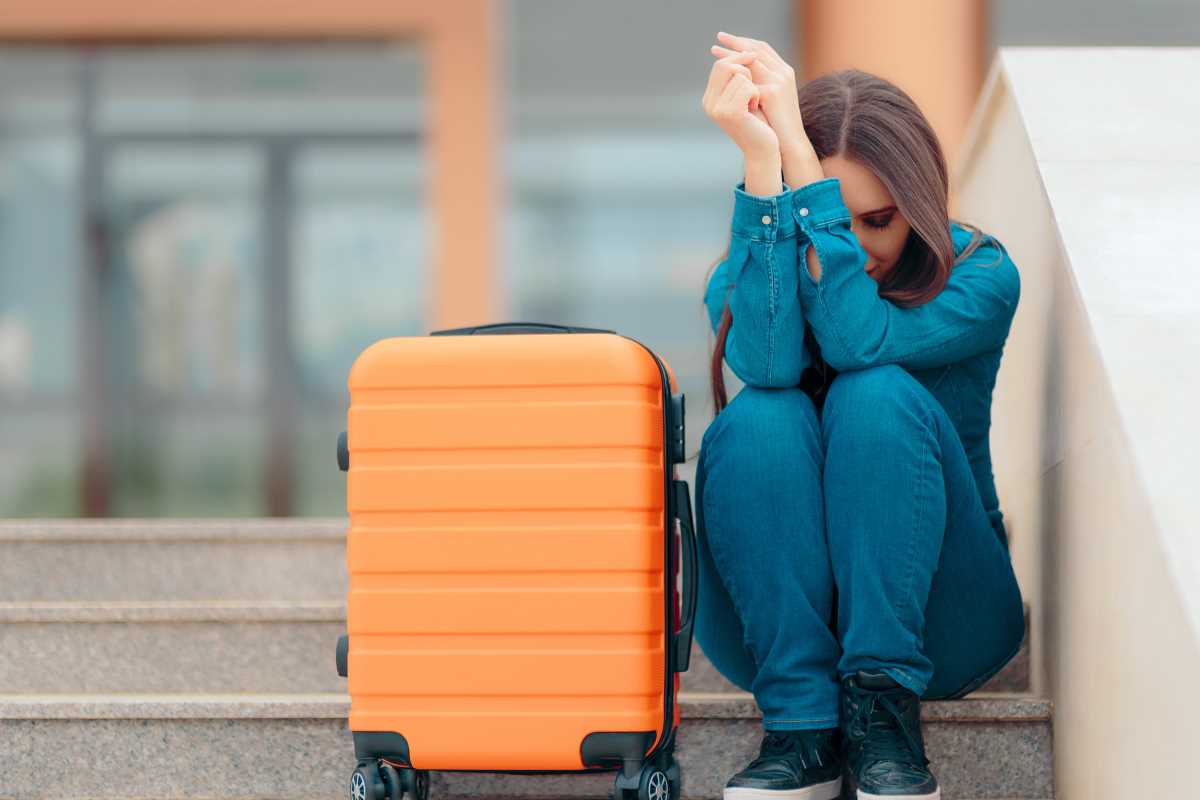Jet lag is one of the most frustrating downsides of travel. You step off the plane, ready to explore a new destination, but your body feels like it’s operating in a completely different time zone. Early mornings feel impossibly groggy, and nights might leave you staring at the ceiling wide awake. It’s like your internal clock has been hijacked, threatening to sap the fun right out of your trip. The good news is there’s a way to tackle jet lag and take back control of your travel experience. By using tips based on science, like managing sleep patterns, hydration, light exposure, and more, you can reset your body’s clock and get the most out of your adventure. Here’s the perfect routine to help you bounce back faster.
Step 1: Start Preparing Before You Fly
Jet lag often hits hardest when you land, but the preparation to beat it can start days before you even leave. One of the simplest and most effective strategies is gradually shifting your schedule to match the time zone of your destination.
For instance, if you’re flying east (where you’ll "lose" time), try going to bed an hour earlier each night for 2-3 days before your trip. On the flip side, if you’re traveling west, stay up an hour later. These small adjustments can help your body acclimate more easily once you arrive.
You might also want to pay extra attention to your sleep hygiene during this time. Avoid caffeine or heavy meals in the evening, and make sure you’re sleeping in a dark, quiet space to get quality rest. Think of this as "training" your body for the adventure ahead.
Step 2: Stay Hydrated (Yes, Really)
It might sound boring, but staying hydrated can make a huge difference when flying long distances. Airplane cabins are notoriously dry, which can leave you feeling sluggish, give you headaches, or even make it harder to fall asleep later on.
Drink plenty of water starting the day before your flight, and aim for at least 8 ounces (about one small cup) of water for every hour you’re in the air. Avoid dehydrating drinks like coffee, tea, or alcohol during the flight. While a glass of wine at cruising altitude might sound tempting, alcohol can actually make you more tired and less rested in the long run.
If plain water feels like a chore, spice it up with a slice of lemon, cucumber, or even a hydration tablet that adds electrolytes.
Step 3: Use Light to Reset Your Internal Clock
Light plays a massive role in regulating your body’s circadian rhythm (your internal clock). The trick to beating jet lag is using light exposure strategically to tell your body when it’s time to be alert and when it’s time to wind down.
When you arrive, try to sync up with the local schedule by spending time outside during the day. Sunlight helps your body produce serotonin, which gives you energy and makes you feel awake. If you’ve landed in the morning or afternoon, resist the urge to nap and instead take a stroll in the sunshine.
On the other hand, if it’s evening at your destination but your body is still wired from being in a different time zone, limit your light exposure. Minimize screen time before bed (blue light from phones and laptops can trick your brain into thinking it’s daytime), and create a dark, cozy sleep environment to encourage melatonin production, the hormone that helps you fall asleep.
Step 4: Align Your Meals with the Local Time
Believe it or not, when you eat can influence your body clock just as much as when you sleep. During your flight, try to eat in sync with the meal schedule of your destination to help your body adjust faster.
For example, if breakfast will be served when you land but it still feels like 2 a.m. back home, have a light meal to signal to your body that it’s time to start the day. Also, prioritize foods that are easy to digest and avoid anything too heavy or sugary, as that could contribute to grogginess.
While you’re at it, consider introducing foods that are naturally high in melatonin, like cherries or walnuts, to help with sleep. If you’re hungry closer to bedtime, a small protein-packed snack like yogurt or a boiled egg can prevent midnight cravings without disrupting your sleep.
Step 5: Consider Time-Zone Hacks with Naps and Supplements
If the fatigue feels unshakable, there are a few more tools you can try. First, naps can be a lifesaver, but timing is key. A short 20-30 minute nap during the day can help recharge your energy without leaving you groggy. Avoid napping for longer than an hour, as it might ruin your chances of falling asleep at bedtime.
You can also talk to your doctor about taking melatonin supplements, a natural sleep aid, to help ease the transition between time zones. A small dose (1-3 mg) can help signal to your brain that it’s time to wind down and sleep. This shouldn’t be a permanent fix, so only use supplements sparingly when you’re really struggling.
Step 6: Keep Moving
Staying active is an underrated tool for combating jet lag. Light exercise, like yoga or going for a brisk walk, can fight off feelings of fatigue and stress while also improving sleep quality later on.
You can even get creative while on the plane. Do some gentle stretches in your seat or walk up and down the aisle a few times to keep your blood flowing. These small bursts of movement can help prevent stiffness and leave you feeling more refreshed when you land.
Step 7: Be Patient with Yourself
The final step to beating jet lag? Be kind to yourself. It’s normal for your body to take some time to adjust, especially if you’ve crossed several time zones. Even with the most perfectly planned routine, jet lag might not completely disappear overnight.
Give yourself a day or two to fully acclimate, and don’t get discouraged if you feel sluggish at first. By following this routine and listening to your body, you’ll set yourself up for a smoother, more enjoyable trip.
Jet lag doesn’t have to put a damper on your travel plans. Combine these tips with a little patience, and you’ll bounce back faster than you think. Next time you’re planning a big adventure, try this jet lag cure routine and see how well it works.
 (Image via
(Image via





